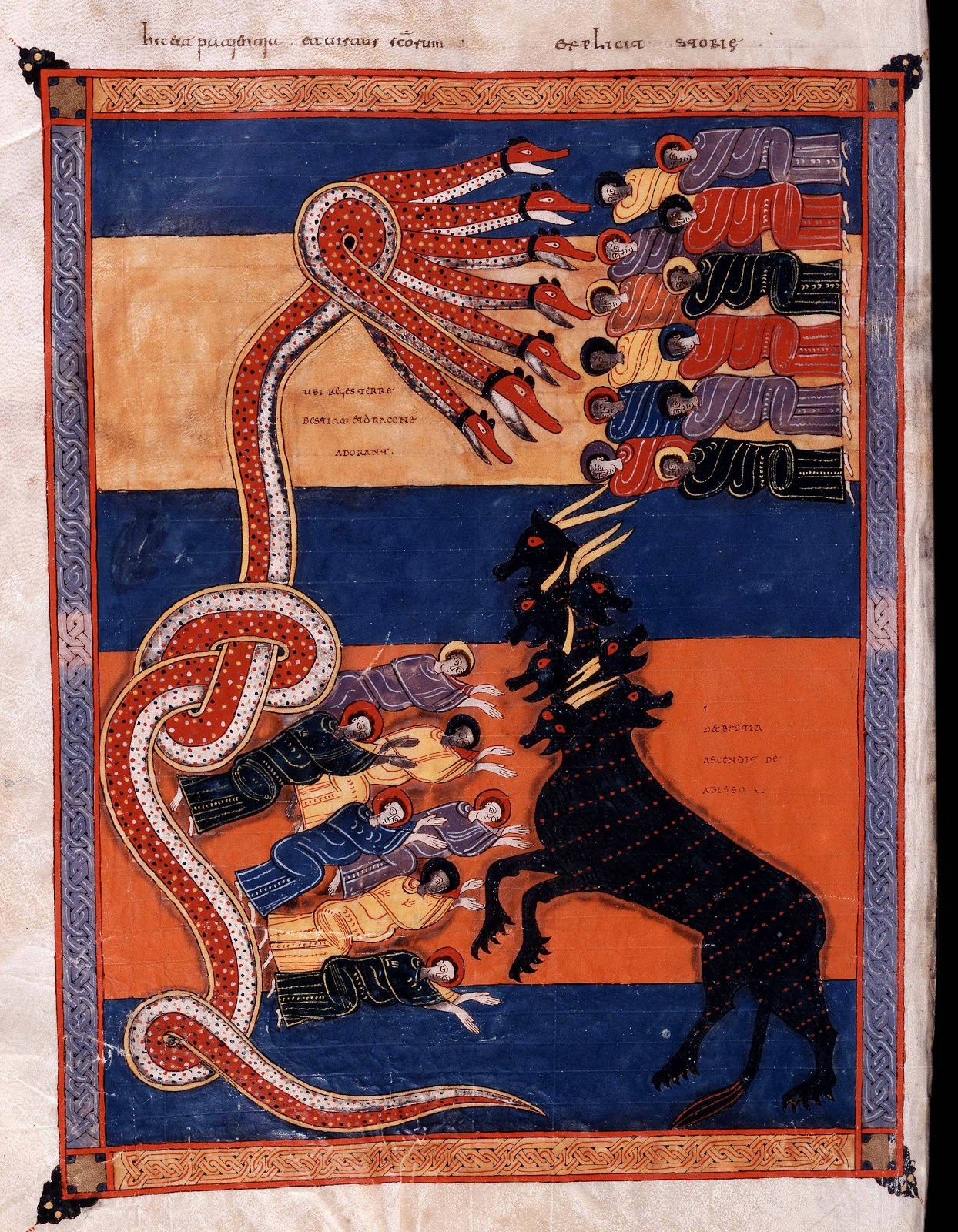Ways of imagination (inspired by A.Durer's woodcut "Rhinoceros", 1515).
2012. Mosaic glass on glass. 91 x 61 cm
Genius Albrecht Durer made his drawing of
the Rhinoceros in 1515 based on a verbal descriptions. He has never seen a real
Rhinoceros. He was curious.
This image of the Rhino has been famous for almost 500
hundred years now, and has inspired many other artworks including the beautiful
sculpture of the Rhino made by Salvador Dali.
I used his drawing as a base for my own
study of human imagination. What makes
the story in this mosaic? What do you see in this mosaic?
Is this a baby Rhino or a strong and mighty
adult warrior? Do you see aggression, joy
or curiosity? A pool of blood or … cranberry juice from the bamboo forest? Is
it just a curious animal smelling something red or a champion looking at the
blood after a colossal fight? Is the Rhino wearing a strong shield or a fuzzy
sweater made by the Rhino’s grandma?
The central part of the composition is the
Rhino, no doubt about that. But for story behind the piece, you have to change
your perspective and start from the bottom corner…
It is amazing how one small piece of unique
red and green glass can change the whole story. Depending on the interpretation
of the red puddle, you can imagine completely different things. It is amazing
how one piece of glass or one little touch can adjust your feelings and will
make you smile or frown.
Durer said in his work that the Rhino’s
skin resembles a turtle’s shell and that the Rhino is a very joyful animal.
These thoughts pushed me to wonder which colors Durer would use for this mighty
piece.
Unique and rare glass was used in this
mosaic. Some of the glass is out of production and is nowhere to be found today.
This work is a tribute to the beauty of stained glass, to the genius of Durer
and to the intricacy of human imagination.
UPD. 28.06.2021 Glass Herd of Durer's Rhinos. 2020-2021+2012 - here



























